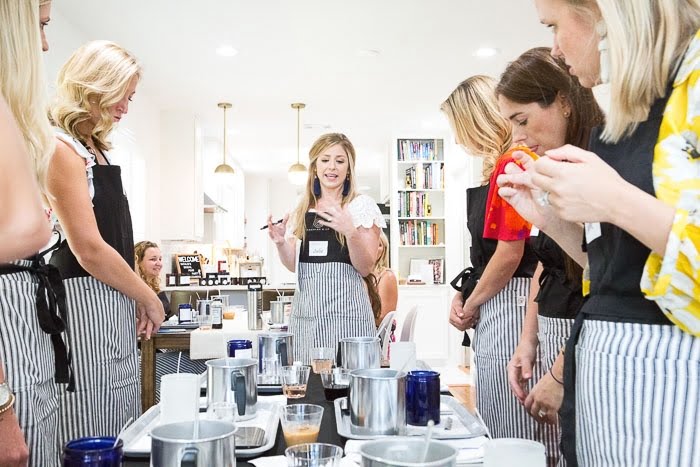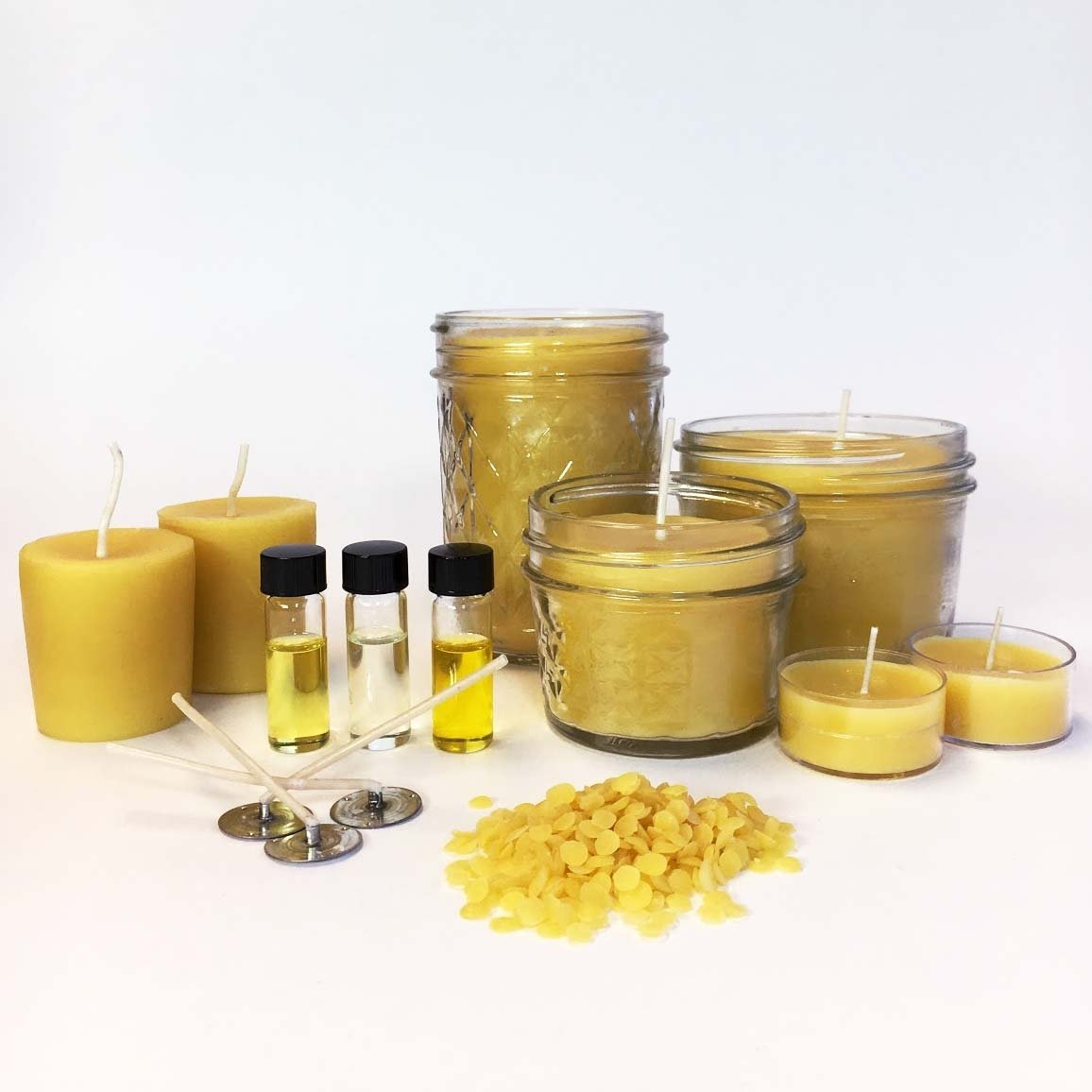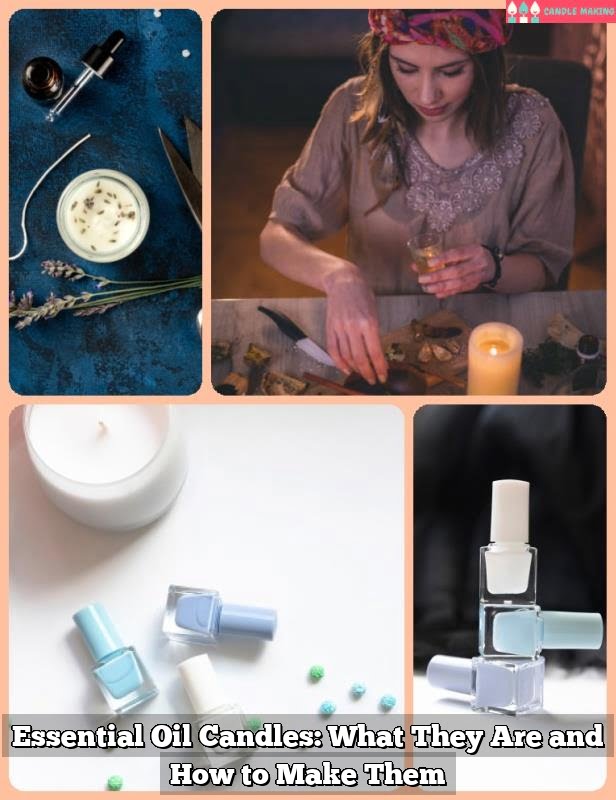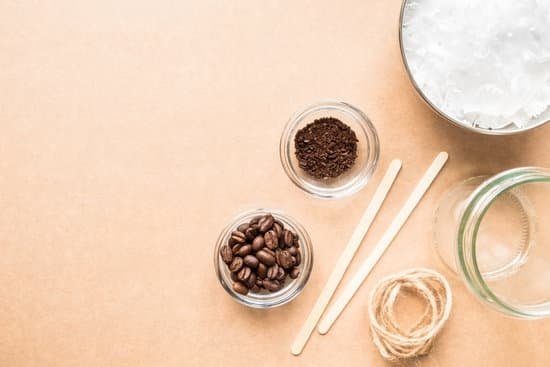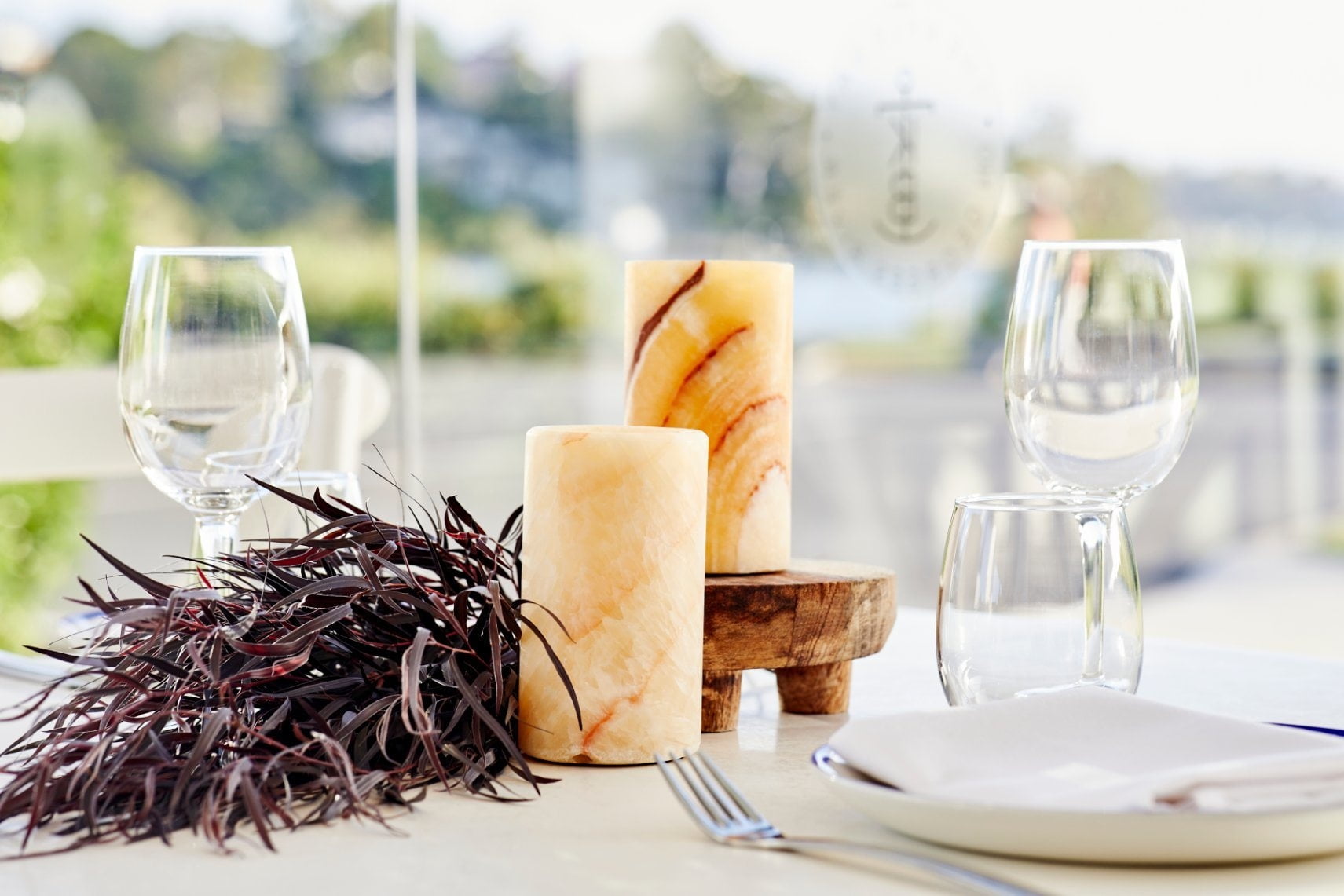Introduction To Making Candles With Essential Oils
Making candles using essential oils can be an incredibly enjoyable and therapeutic experience. There are many different types of wax available to use in the making of candles, from soy wax to bees wax and paraffin wax. Each comes with its own unique qualities, from burn time to scent throw when used in combination with essential oils.
Essential oils come in a wide range of spirits. From invigorating scents like lemongrass, ginger, or peppermint to calming aromas like jasmine, lavender, sandalwood and chamomile. The possibilities for creating unique and special scents with essential oils are endless! One advantage of essential oil scents vs. synthetic fragrances is that they are all natural so those who have allergies or sensitivities will not be affected by them as much as synthetic ones may draw reactions form certain individuals. Furthermore, essential oils often have a more pronounced scent due to their concentrated state which can provide added benefits when making candles such as longer lasting scent life than some synthetic fragrances suggest.
Gather Your Supplies
To make candles with essential oil, you will need to gather the supplies. The necessary supplies include a wax melt pot, wicks, wax, scent (essential oil), thermometer and glass jars. Of course, you don’t need to purchase all of these items at once; you can slowly add supplies as your desire to make candles increases.
When gathering your supplies you should look for the best deals in order to save money. You can find supplies online or in local craft or hobby stores. If you are going to shop online search for coupon codes on sites like RetailMeNot or CouponCabin which may help reduce the cost of shipping. Additionally, some sites offer free shipping when ordering certain amounts of products such as hobbylobby.com which offers free shipping on orders over $59 and michaels.com which offers free shipping on orders over $49. Buying wax in bulk is also typically cheaper than buying smaller packets as well as purchasing wicks by themselves without tabs or premade wick blocks with metal stars at the bottom. When making multiple candles it is always best to buy any additional molds or containers in sets or larger quantities since this is typically less costly than buying just one item at a time.
Preparing Your Containers
When making candles with essential oil, it is important to properly prepare your containers to ensure a safe working environment. Before getting started, put on protective gear such as oven mitts and safety goggles. Then, pick the containers for your candles ” glass jars or teacups work great! Make sure the container is completely dry and free of any residues like dust that may affect your candles.
Carefully clean the containers using hot, soapy water or an all-purpose cleaner and dry them off with a clean towel. You can also use prepackaged rubbing alcohol wipes to be extra thorough.
Once your containers are completely cleaned and dried off, place them somewhere cool and begin melting the candle wax around a double boiler method or in your microwave. When melting wax, it is important to heat it safely over medium heat (if you’re using a stovetop) so it does not burn. Be careful when transferring melted wax from one of pot to the other in order avoid any splashes or burns from hot wax. Keep an eye out for any smoke billowing off the melted wax, which might indicate there’s something wrong. In this case you should take the necessary corrective actions and replace the wax immediately if needed. Also make sure that children and pets stay away from any heated wax at all times for their ultimate safety!
Making the Candle
Making a candle using essential oils is not a hard task; the most difficult part is finding the materials. Here are the basic steps and materials that you will need to make your own unique scented candles:
Materials Needed:
– Candle wax
– Wicks
– Glass containers (such as jars)
– Essential oils of your choice
Step 1) Start by melting your desired amount of wax according to your glass container size. Melt in a pot on low heat, stirring constantly. Once it is completely melted, turn off the heat.
Step 2) Cut the wick to fit inside your glass container and tie the end around a pencil or lollipop stick so that it stays in place. You may also want to attach one end to the bottom of the jar so it stays in place once it’s filled with melted wax.
Step 3) Slowly pour the melted wax into your container, making sure to keep the wick in an upright position throughout this process so that it does not get lost or pulled off its attached end by accident. Allow for extra room at the top for possible shrinkage.
Step 4) Add a few drops of essential oil into the wax and stir gently with a wooden spoon or craft stick (Avoid using metal utensils). If needed, add more until desired scent strength is achieved.
Step 5) Let cool completely before putting on any lids or sealing shut with hot glue around edges. Lastly, trim wick if necessary and enjoy!
Burning the Candle
When it comes to burning a candle, it is important to keep a few key tips in mind. The most important tip is to never leave a candle burning unattended or in an area where flammable materials may be present. Additionally, try not to burn the candle for more than 4 hours at one time – doing so can cause the wax not to melt evenly which can lead to smoking and/or excess dripping. Finally, make sure the candle is lit in an area that is free of drafts and breeze – this will minimize uneven melting and also help prevent smoke from occurring.
Unique Ways To Decorate
One of the most popular ways to decorate candles that are made with essential oils is to add wick decorations. There are a number of different types of wicks available, including wooden wicks and scented wicks, that can help to enhance the aroma released when the candle is lit. Paper crafts such as origami and decoupage are also popular ways to enhance the overall look of a candle made with essential oils. With these paper crafts, it’s possible to create intricate designs using tissue paper, fabric, or other materials and stick them onto the candles. This enables you to customize the appearance and scent of your candle however you like.
Other Ways To Enjoy the Scented Candles
The scent of a candle made with essential oils can have numerous benefits beyond providing pleasant aromas. By infusing your candle with natural essential oils, you can enjoy the powerful scents while also reaping tangible health and beauty benefits.
For example, you could use lavender essential oil in your candles to help reduce stress and create a calm atmosphere. You can also add geranium oil for an uplifting and cheerful scent that may boost your mood. Or you could opt for eucalyptus oil if you’re looking for something that has decongestant and potential antibacterial effects.
In addition to the potential health advantages of scented candles, the essential oils within them can also be used as part of a skin-care routine or as a fragrance option when getting ready for the day. For example, tea tree essence is great for smoothing skin and eliminating blemishes, while sandalwood oil is often used as cologne due to its seductive aromas. As another bonus, many essential oils have antifungal properties, so they may provide additional protection when used in combination with traditional soaps and cleansers.
Conclusion
It is clear that making candles with essential oil can be a fun and creative endeavor. With the right ingredients, it is easy to make an aromatic and beautiful candle in the comfort of your own home. From choosing the mold, to melting the wax, to adding essential oils and colors, it is possible to make amazing homemade candles in no time.
To learn more about this craft, visit this video tutorial for a step-by-step guide on how to make your own scented candle: https://www.youtube.com/watch?v=2QZRYIPS_bU.
Additional post ideas to follow up on candlemaking with essential oils include how to create unique patterns on handmade candles and how to choose the best essential oils for different types of themed candles or moods (e.g., calming lavender candles or invigorating citrus scents). Other topics could include specialty recipes for special events such as holidays or weddings as well as safety tips regarding proper handling of waxes while making and storing your finished product.

Welcome to my candle making blog! In this blog, I will be sharing my tips and tricks for making candles. I will also be sharing some of my favorite recipes.

